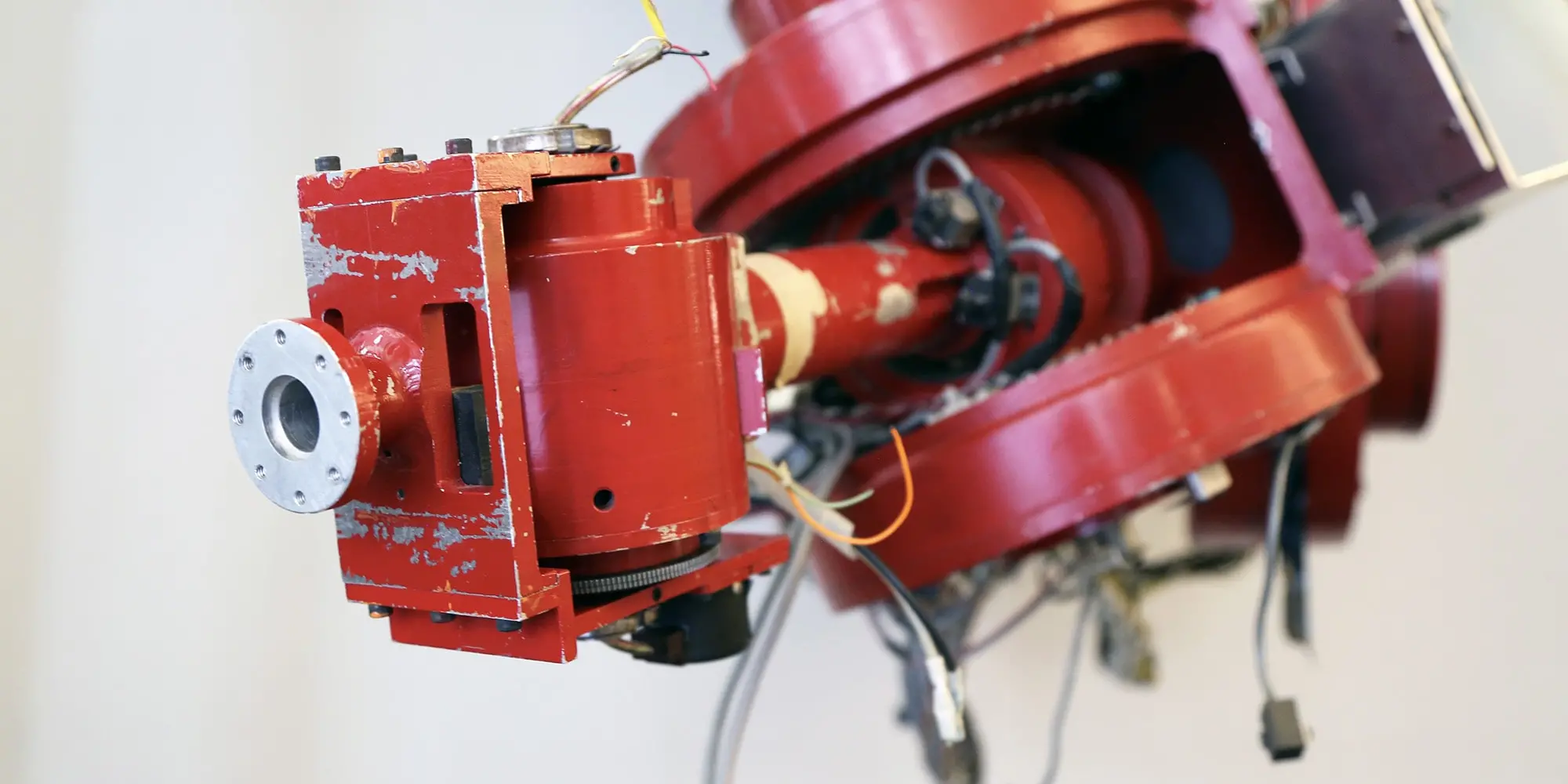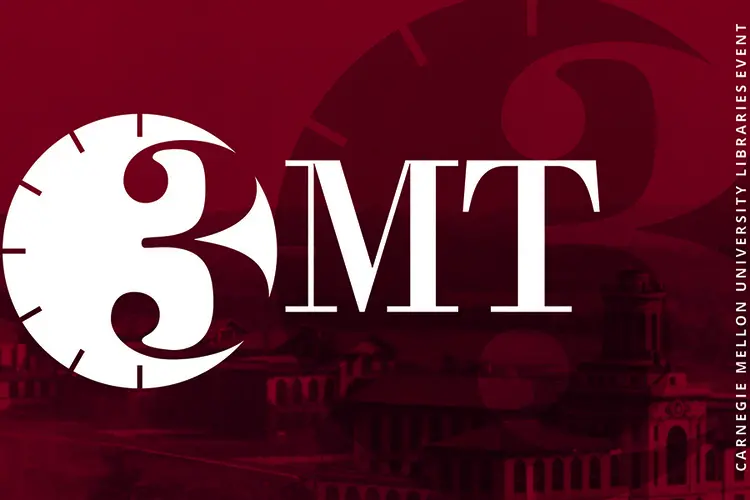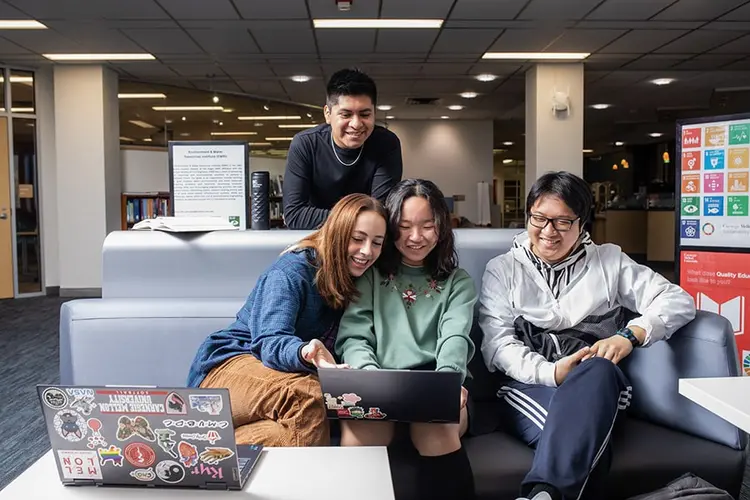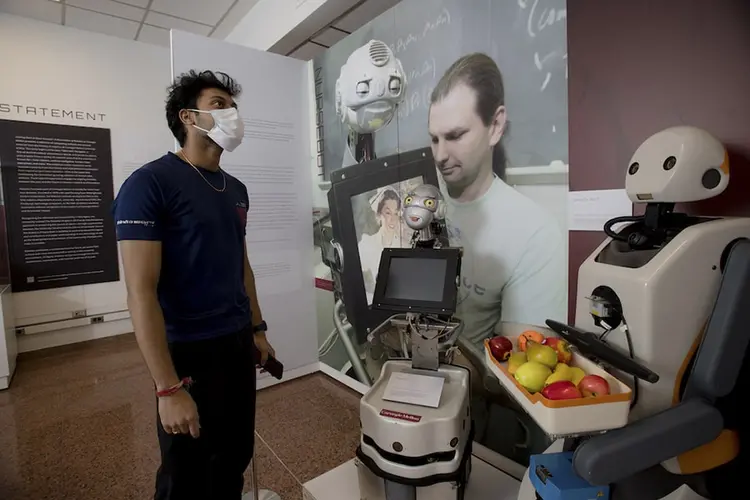
Robotics Project Releases Toolkit, Digital Robotics Archive
Media Inquiries
The Carnegie Mellon University Archives(opens in new window) has joined forces with a cross-campus team of faculty and subject matter experts to release research on the collection, preservation and presentation of robot artifacts and history. The Robotics Project(opens in new window)’s Digital Robotics Archive(opens in new window), one of the first in the field, and Multimodal Archives Toolkit(opens in new window) kickstart the conversation about stewarding this complex, growing discipline for generations of researchers, historians and enthusiasts to come.
Made possible by a gift from the Alfred P. Sloan Foundation(opens in new window), The Robotics Project is an interdisciplinary approach to preserving the legacy of robotics through a partnership between the Carnegie Mellon University Libraries and the School of Computer Science(opens in new window). It aims to create the world’s preeminent resource for robotics history and make that resource available to researchers, enthusiasts, scientists and the general public. The project preserves Carnegie Mellon’s robotics legacy and contributes to a broader understanding of the people and technology that created the field.
“This toolkit, and the overarching aims of The Robotics Project, revolve around this enduring ambition to better understand scientific processes and creative impulses — and to document those activities. We are trying to uncover and map innovation in practice,” said Brian Mathews(opens in new window), associate dean of research and innovation in the Libraries. “We are grappling with machines, data and code — and vast quantities of it — and considering pragmatic ways to comprehensively organize, share, preserve and provide access to it. It is a daunting challenge, but one that has generated a lot of creativity and collaboration.”
For the first phase of the project, which culminated in the toolkit and digital archive, the team investigated the research ecosystem of robotics: the kinds of materials roboticists produce, the scientific and historical context for the work, and the artifacts’ current state. They worked directly with robotics faculty, staff and students on campus to learn more about their daily work and what artifacts might be valuable to collect in the future. The team also worked with conservation experts to develop best practices to preserve the wealth of digital materials coming out of the field, and brought in a consultant to ensure they were considering diversity and inclusivity in all aspects of their work.
“We’re aiming to cultivate a community of practice among archivists and information professionals preserving robotics history,” said Katherine Barbera(opens in new window), lead archivist for The Robotics Project. “Thanks to Carnegie Mellon’s prominent role in the history of robotics, we’re able to raise awareness of the need for this work and take this essential first step toward a model and collecting strategy.”
The accompanying Digital Robotics Archive brings the ideas of the toolkit to life, showcasing what can be accomplished in the effort to make digital robotics materials accessible. The website, which is hosted on the open-source digital repository system Islandora, allows users to click through historic robotics artifacts in the collection, read about their history, learn about key researchers and watch videos of technology in action.
The University Libraries was among the first libraries to implement the innovative platform(opens in new window) and, at the time of the platform launch last year, had the largest Islandora 8 repository in production. Using Islandora allowed the team to employ rapid prototyping to efficiently examine what the robotics materials might look like assembled into a digital collection. It also allowed them to experiment with linked data, generating the constellation of interrelated information that makes the Robot Archive an immersive, comprehensive experience for users at all levels of expertise.
“Thanks to the Libraries’ investment in this technology, we’re able to do things we weren’t able to do before, like create narratives for these artifacts that really allow for a browsable experience,” Barbera said. “It paints such a visual picture of the complex community we’ve been studying and documenting.”
Right now, the Digital Robotics Archive features images and video of more than 60 items from the different collections held by The Robotics Project, including early models of a Direct Drive Arm(opens in new window) and the autonomous Navlab(opens in new window), with a wealth of metadata attached to each item. For each entry, users can select from an array of related options — researchers who contributed, related publications, similar objects, photos and videos, and more. This is just the beginning, and the team will expand the digital robotics archive as they continue their investigation and collecting.
“The digital archive is about providing users with as much information as possible, and letting them explore and draw their own conclusions — users have the opportunity to find fascinating connections between records,” said Robot Archive Processing Archivist Kathleen Donahoe(opens in new window), who recorded much of the metadata that brought the digital archive to life.
With the conclusion of this first phase, The Robotics Project is poised to continue leading the conversation for libraries, archives and museums that are preserving robotics and scientific history around the world. The team plans to develop an educational component, looking at how the information can be implemented in the classroom at a graduate, undergraduate and even K-12 level. All the while, they’ll continue to collect and preserve material that illuminates new details about robotics advancements, and how Carnegie Mellon played a significant role in them.
“These are artifacts — relevant, timely technologies like early autonomous vehicles and materials related to artificial intelligence innovations — that have been in labs and offices on campus for years where the general public hasn’t been able to interact with them,” Donahoe said. “We’ve taken a significant first step toward opening these materials up to the public and spotlighting the last four decades of robotics work at Carnegie Mellon. This will help ensure that people know the university has been at the forefront of these technologies.”
View the Digital Robotics Archive(opens in new window) to trace the history of important robotics artifacts from CMU’s past.
It’s #RoboWeek! 🤖 To celebrate we’ve released a new toolkit and digital archive from The Robotics Project. See video, photos, & more to learn about some of the history of robotics at @carnegiemellon and @scsatcmu. https://t.co/qaERIAvMGj pic.twitter.com/Cg0BXqeL5H
— CMU Libraries (@CMULibraries) April 11, 2023


